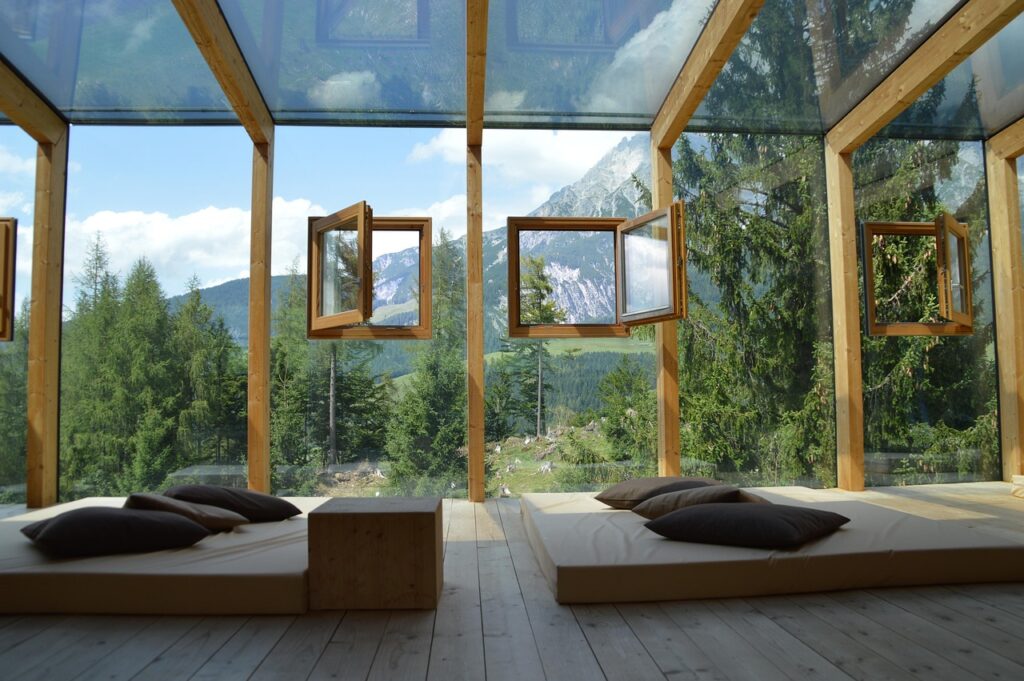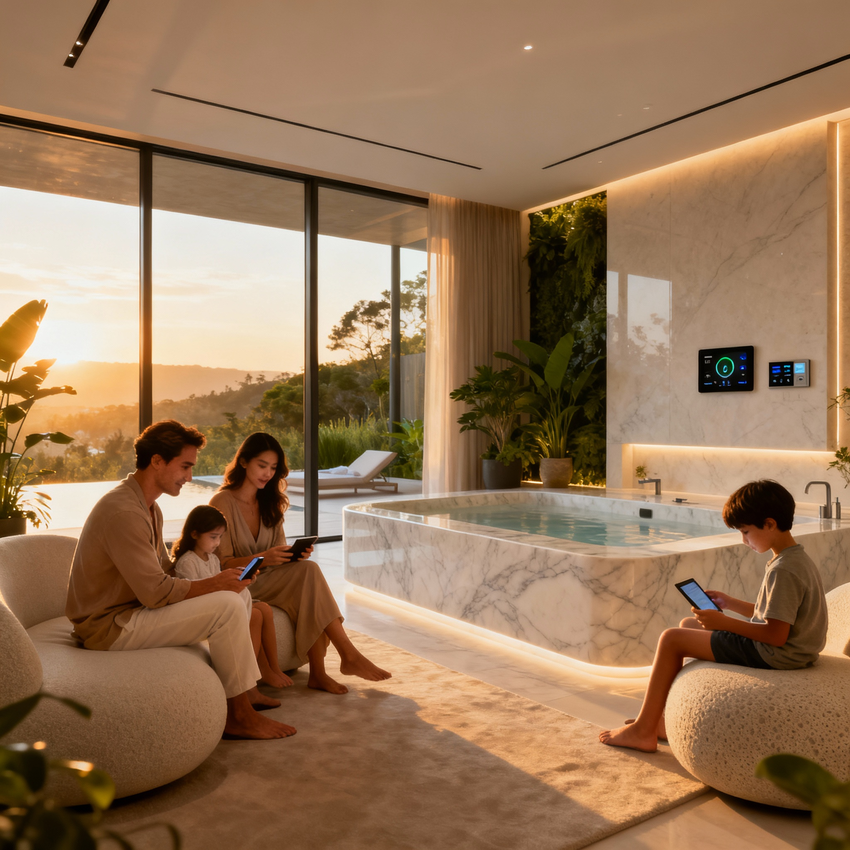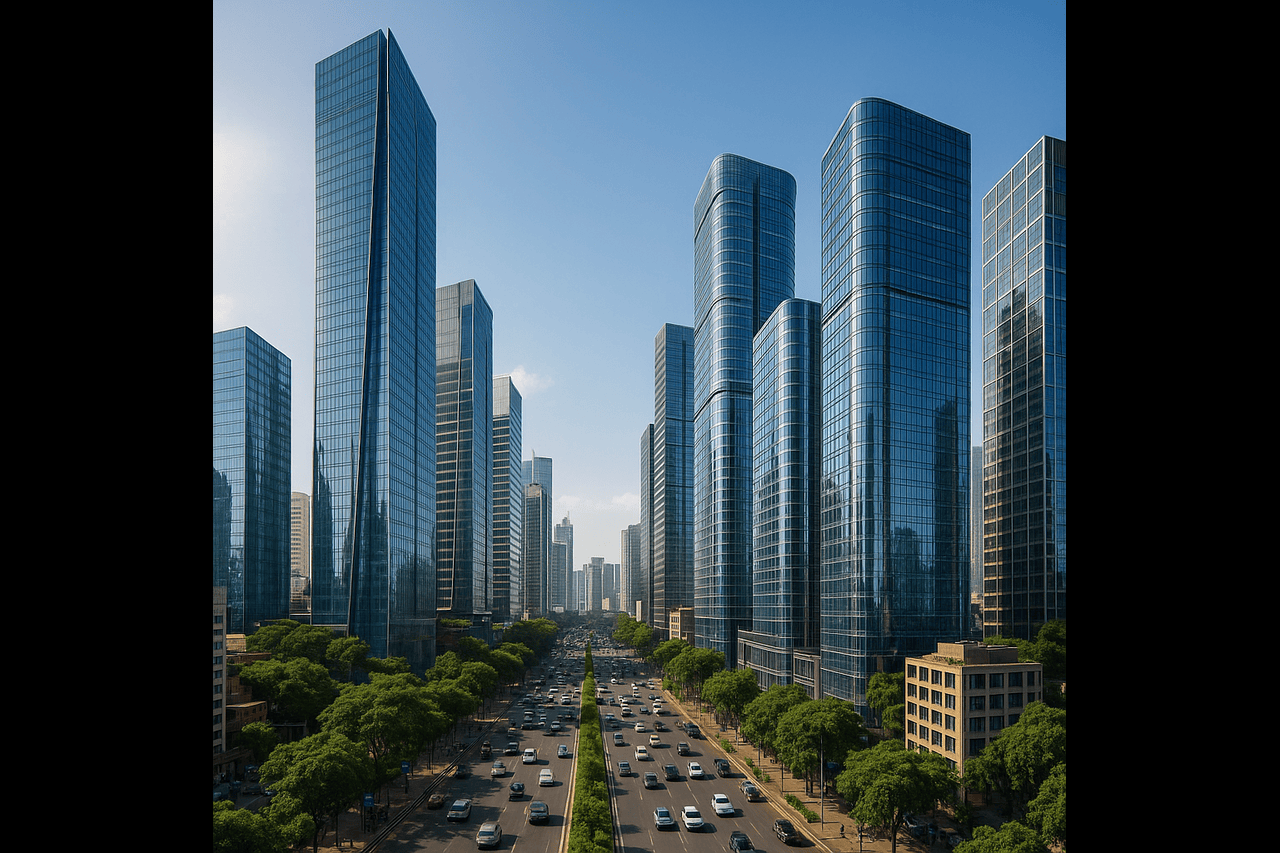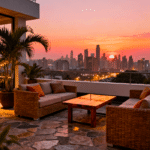Now Reading: Buying a Second Home in Goa: Your Guide to Investment, Lifestyle & Belonging
- 01
Buying a Second Home in Goa: Your Guide to Investment, Lifestyle & Belonging
Buying a Second Home in Goa: Your Guide to Investment, Lifestyle & Belonging

The Home in Goa Question: Why Now?
There’s something about Goa that makes perfectly sensible people reconsider their entire life plan. Maybe it’s the bougainvillea-lined streets of Assagao, the midnight ocean breeze in Benaulim, or simply the realization that winter doesn’t have to be grey. For the high-net-worth individual—whether you’re anchored in Dubai, Delhi, or the diaspora—Goa whispers a particular kind of invitation: What if you didn’t have to choose between ambition and belonging?
For years, Goa’s real estate market screamed opportunity. Properties appreciated at breakneck speed; rental yields seemed almost guaranteed. Smart investors bought villas at ₹1.5 crore and watched them climb to ₹2.5 crore. Stories circulated of professionals earning ₹15-20 lakh annually from a single property. It felt inevitable.
But markets don’t stay on a vertical trajectory forever. And Goa’s story is shifting—not tragically, but meaningfully. Understanding this shift isn’t about catching losses or fearing loss of opportunity. It’s about investing with clear eyes and realistic expectations. It’s about asking better questions.
The Market Has Matured. That’s Actually Good News.
Here’s what happened in Goa’s real estate story: explosive growth (2022-2024), market saturation (2024-2025), and now—stabilization. Villa prices that surged 30% over three years have now plateaued. They’re not crashing. They’re steady. And in many ways, that’s the most honest thing a market can tell you.
Think of it like this: Goa went from the hottest secret to something approaching normalcy. In 2022, if you owned a villa in North Goa, you had scarcity value. By 2025, with multiple luxury villa projects across the state, scarcity became abundance. That’s why sophisticated investors—the ones who got in early—are quietly exiting. They made their gains and they understand market cycles. The herd chases momentum; the wise chase value and sustainability.
What does this mean for you? It means the fantasy of 15% annual appreciation is off the table. What remains is something more genuine: a beautiful home in a thriving place where you can earn honest, sustainable income.
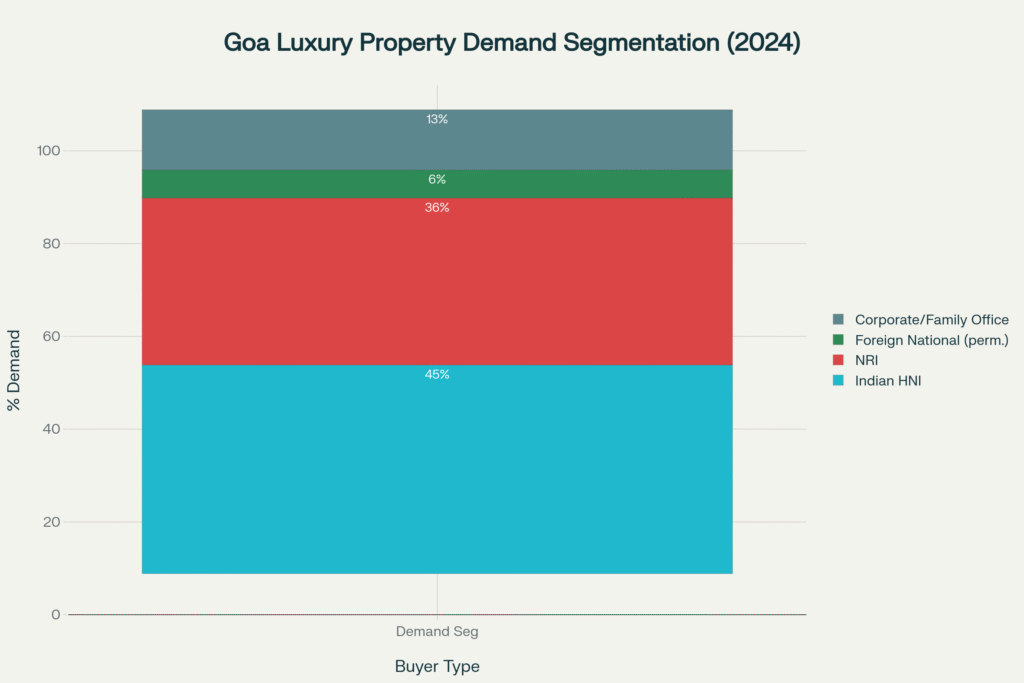
The Real Numbers: What You Actually Earn From Your Home in Goa
Let’s talk about what keeps investors up at night: actual returns. Not the glossy brochure version. The real one.
You’ve probably heard villas and apartments in North Goa generate 8-12% annual yields. It sounds brilliant. It also isn’t quite true—or more accurately, it’s only part of the story. That’s the gross number, before the machinery of ownership clicks into gear.
Here’s the thing nobody mentions: it’s not booked every night.
Peak season, if you’re doing everything right and your property manager is excellent, you’re looking at 80-90% occupancy. April to June? Maybe 50-60%. July to September? 30-50%. Average that across the year, and you’re sitting at around 55-70% occupancy. Some properties do better. Some don’t.
Do the actual math:
- October-March (4 months): ₹40,000/night × 24 nights per month (80% occupancy) = ₹38.4 lakh
- April-June (3 months): ₹20,000/night × 15 nights per month (50% occupancy) = ₹9 lakh
- July-September (5 months): ₹15,000/night × 9 nights per month (30% occupancy) = ₹6.75 lakh
Annual gross revenue: ~₹54 lakh (when simplified across seasonal variations)
Now subtract reality:
Your property manager takes 15-20% of revenue. Maintenance runs 5-8%. Property taxes, insurance, utilities, inevitable repairs—another 5-7%. Set aside something for the months nobody books (yes, you need contingency planning). That’s 30-35% of your revenue simply vanishing into the operating machinery.
Annual net income: ~₹35-38 lakh
South Goa follows a similar pattern, though occupancy tends to be steadier (65-75% year-round) because the clientele skews toward people seeking peace rather than parties. Your net yields there land around 4-5.5%.
It’s still respectable. It’s no longer magical. And honestly? That’s healthier for decision-making.
North Goa vs. South Goa: Choose Your Own Adventure
The Goa you imagine depends entirely on who you are.
North Goa is the Goa of possibility: restaurants opening monthly, young entrepreneurs building communities, the digital nomad circuit, proper international yoga studios, Friday night energy. Assagao feels like a sophisticated village. Vagator has edge. Siolim is quietly becoming something special. You buy a villa here and you’re buying entry into a scene, a network, a particular kind of life.
Rental potential is highest here because the market is most active. That ₹40,000-50,000 per night rent we discussed? That’s North Goa. But that premium comes with competition. Your villa competes against myriad others. Occupancy varies with global trends, visa policies, travel mood. It’s more volatile but potentially more lucrative.
North Goa appeals to investors who want income plus vibrancy. If you’re going to spend months here, you want the restaurants, the people, the buzz. If your goal is maximum rental return, you’re in the right place—albeit with realistic 4-6% net yields.
South Goa tells a different story. Colva and Benaulim exude elegance without striving. Palolem is genuinely peaceful. Canacona is where you go to reset. The air feels different—less frenetic, more contemplative. These places attract wellness seekers, retirees, families building second homes they’ll actually live in, not just rent out.
Supply is tighter here. Demand is steadier. Buyers are less speculative and more aligned with you—they want to live here, not flip it. Occupancy hovers around 65-75% year-round, which sounds boring until you realize it means more predictable income. Your yields land at 3-5.5%—slightly lower than North but far more stable. Property values also hold better during market uncertainty.
South Goa appeals to investors who value peace, predictability, and the knowledge that they own something real that won’t disappear if tourism trends shift.
The smart move? Buy both. Allocate 60% of your budget to a North Goa villa (for income and energy) and 40% to a South Goa property (for stability and lifestyle). You’ll blend the net yield with geographic diversification and the ability to experience both sides of Goa’s personality.
Why This Moment Is Interesting (But Not Urgent)
Here’s something important: there’s no 20% discount waiting for you. Prices are stable, which means no fire sales. But here’s what has changed in your favor:
The speculation has drained out. You’re no longer competing against investors convinced they’ll flip this property in two years for 30% returns. The remaining sellers are often people who bought the dream, realize it requires more hands-on management than anticipated, and are exiting gracefully. That means fewer ego-driven price anchors.
The yield compression is actually clarifying. When unrealistic 12-15% yields were being touted, it attracted the wrong kind of investor—the type who’d cut maintenance to boost short-term profits or oversell the property to problematic renters. Now that realistic 4-6% yields are the standard, you attract serious capital and conscientious landlords. The market is self-cleaning.
Infrastructure is quietly improving. Mopa Airport is operational, cutting flight times from major metros by 40%. The Shaktipeeth Expressway will add another layer of connectivity. These aren’t transformational in the next 12 months, but they’re real tailwinds for the next 5-10 years.
The Decision Framework: Is Home in Goa Right for You?
Before your property advisor sends you property links, before you block dates to visit, ask yourself honestly:
Am I buying for the right reasons?
Goa makes sense if:
- You genuinely want to spend significant time here (minimum 6-8 weeks annually)
- You’re comfortable with 4-6% annual returns (not 12-15%)
- You value lifestyle alongside financial return
- You can hold this property for 5+ years without stress
- You’re investing in the experience and community, not just the numbers
- You’re anchored enough (visa/residency-wise) to engage with property management
- You have capital that isn’t needed for other priorities
Goa probably isn’t the answer if:
- You’re chasing maximum capital appreciation (move to another market)
- You need guaranteed returns or liquidity
- You’re uncomfortable with 6-month periods of lower occupancy
- You view this as a pure financial instrument, not a lifestyle
- You’re unable to visit or remotely manage a property
- You need yields above 8% net to make your numbers work
The Practical Side: What You Need to Know
Getting the Financing Right
If you’re an Indian citizen, most banks will lend you 75-80% of the property value at ~7.5-9% interest over 15-20 years. Straightforward.
If you’re an NRI or OCI, lenders get more cautious. Expect 60-70% LTV (loan-to-value) at ~8-9% interest. You’ll need documentation from your employer, bank statements proving foreign income, and patience—the process takes 4-6 weeks instead of 2-3. But it’s doable, and plenty of NRIs own Goa properties successfully.
Foreign nationals who aren’t Indian residents generally can’t purchase directly. Your options: lease a property for 5-30 years, partner with an Indian family member for co-ownership, or establish an Indian company to purchase. Each has trade-offs.
Due Diligence: The Non-Negotiables
Don’t skip this. Seriously.
Get a Goa-specialized real estate lawyer. Not your Delhi-based lawyer friend. Goa has unique legal quirks (Portuguese Civil Code influence, specific property laws). It’s the best investment you’ll make.
Verify CRZ (Coastal Regulation Zone) compliance. This is non-negotiable. If a property isn’t in compliance with coastal regulations, you’re vulnerable to future enforcement action. Check this before you fall in love with the sunset views.
Confirm title clarity. Get a 15+ year ownership search done. Verify the property’s chain of ownership. Ensure there are no family disputes or pending claims. It sounds paranoid. It’s actually just sensible.
Understand the rental permit situation. If you’re planning to rent short-term (Airbnb-style), confirm that short-term rentals are permitted. This landscape is tightening. Get written permission before you buy.
Have an engineer inspect. If the property is even 5 years old, confirm the construction quality. The monsoon is harsh.
All told, expect due diligence to take 8-12 weeks and cost ₹75,000-2 lakh in legal, inspection, and verification fees. This isn’t wasted money—it’s your insurance policy.
Understand Your True Cost of Ownership
The purchase price is only the beginning.
- Stamp duty: 3.5-6% (state-dependent)
- Registration: 3-3.5%
- Annual property tax
- Maintenance
- Insurance
- If you hire a property manager: ~20-30% of rental income
On a ₹2 crore purchase, budget an additional ₹6-20 lakh in first-year costs (acquisition + first year of ownership). Then ₹8-15 lakh annually for ongoing ownership and management.
This isn’t catastrophic. It’s just real. Factor it into your decision.
The Seasons of Goa: Plan Accordingly
Goa isn’t uniform year-round. Understanding the seasons means understanding occupancy and, therefore, your actual income.
October to March: Peak. The weather is perfect, Europeans are escaping winter, yoga retreats book out, restaurants buzz. Your occupancy hits 80-90%. This is when your property earns.
April to June: Shoulder. Heat arrives but it’s not impossible. Some tourists remain. Occupancy drops to 50-60%. Revenue slides proportionally.
July to September: Monsoon. The rain is genuine and relentless. Tourism drops to 30-50% occupancy. Some properties barely book. If you’re personal-use focused, though, this is when Goa is most beautiful—lush, intimate, yours.
This seasonality isn’t a bug; it’s a feature. It means if you need a home for Q4 every year, you have one. If you want to supplement your annual income with rental returns, you have that too. The key is designing your property strategy around realistic seasonality, not hoping for year-round 100% occupancy.
The Investor Question: Why People Exit
You’ll meet investors in Goa who are selling. They’re not fleeing. They’re just recalibrating. Some realized property management requires more hands-on work than anticipated. Some had a specific time horizon (5-10 years) and achieved their target returns. Some discovered the rental income, while nice, didn’t justify the capital tied up given their other investment opportunities.
These aren’t cautionary tales. They’re normal market behavior. People buy, hold, harvest gains, move capital. That’s healthy. It means you won’t face forced-seller discounts, but you also won’t find bargain-basement steals.
The Lifestyle Equation
Here’s what the financial spreadsheets don’t capture: what happens when you’re actually here.
You own a villa in Assagao. In February, you fly in for four weeks. You wake up to garden sounds instead of traffic. You work from your balcony. Your colleagues are on video calls; you’re in a different dimension. Weekends mean restaurants that serve perfect fish curry and natural wine. You meet interesting people—entrepreneurs from 15 countries, artists, digital nomads, expat families building community.
In July, you return to your South Goa property. The tourism vanishes. The beaches are yours. You read books you’ve been meaning to read. You understand why people come to India to “find themselves” and, unexpectedly, you get it.
You’re not just owning real estate. You’re buying access to a parallel life. One that exists between the lines of your primary life. One that costs money but provides something money usually can’t buy—perspective, community, time.
This dimension—the unmeasurable one—is why Goa works for the right people.
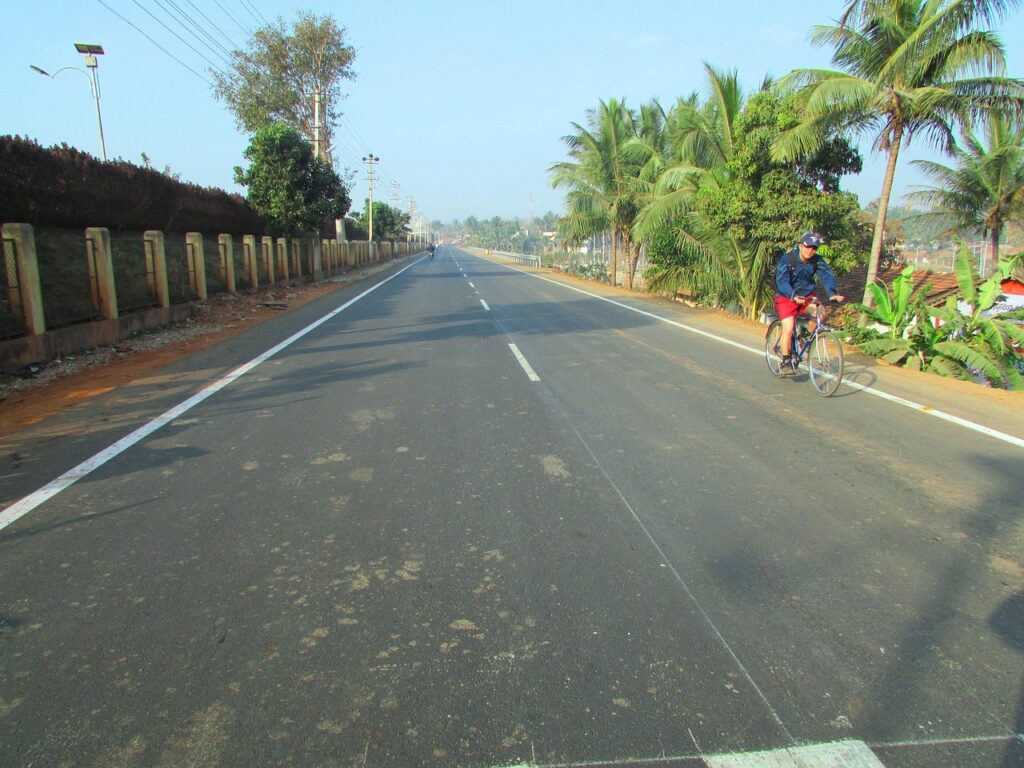
The 5-Year Horizon
Forget the get-rich schemes. Think in five-year blocks.
Year 1-2: You’re setting up. You’re learning the market, choosing property managers, handling the bureaucratic learning curve. Net returns are lower because you’re investing in understanding.
Year 3-4: You’ve hit your stride. Your property manager is excellent. You understand occupancy patterns. You know which seasons generate revenue and which are for personal use. Returns stabilize in the 4-6% range. You’re earning reliable income.
Year 5: You reassess. You’ve achieved your target returns or you haven’t. You’ve spent meaningful time here or you realize you won’t. You understand whether this was the right move for you. If it was, you potentially expand (or hold for longer). If it wasn’t, you exit having learned something valuable about yourself.
This isn’t speculation. It’s sensible capital deployment with built-in reflection points.
The Questions to Ask Yourself
Before you buy:
- Do I genuinely want to spend time here? (Not “will I want to” but “do I actually want to?”)
- Can I accept 4-6% annual returns as my success metric? (Or am I secretly hoping for 15%?)
- Can I hold this for 5+ years without panic? (What if occupancy drops to 40%? What if the rupee depreciates? Can you live with that?)
- Do I have quality advisors in place? (A good lawyer, property manager, and accountant make the difference between pleasure and pain.)
- Am I buying because I genuinely want this, or because everyone else seems to be? (This is the most important question.)
If you answered yes to most of these, Goa might be right for you. If you’re uncertain on any of them, wait. Real estate will be there when you’re certain.
The Beautiful Part
Here’s what gets lost in all the financial spreadsheets and yield calculations:
Goa works because it’s beautiful and because it’s real. The fishermen are still there. The markets still smell like mangoes and turmeric. The rain still drums on terra-cotta roofs. The community is real—expats and locals living alongside each other, collaborating, building something that feels like it could matter.
When your villa is rented out, strangers are experiencing the sunset you fell in love with. That sounds odd until you realize that means your real estate is generating memories, not just money. You’re creating experiences for people who desperately needed them.
When you’re here, you’re building something too. Friendships. Routines. A place where you feel differently. A place where you’re not just the professional version of yourself.
That’s the Goa proposition: financial returns, yes. But also belonging. Community. A different version of your own life, available to you whenever you want to step into it.
The market is stable. The yields are honest. The timing is right if you’re ready. And if you’re reading this seriously, perhaps you are.
A Final Thought
Everyone talks about finding paradise. The subtext is usually that paradise costs money and doesn’t make money. Goa disrupts that narrative. It costs money (yes). But if you’re thoughtful, it makes money too. More importantly, it works for you on multiple levels simultaneously.
Not many investments do that.
If Goa is calling—not with unrealistic promises, but with genuine appeal—it might be worth answering. Just answer it with clear eyes.
The spreadsheets work. The numbers make sense. But the real reason to be here? That’s something you’ll only understand once you’re actually standing in a Goa garden at dawn, coffee in hand, wondering why you didn’t do this sooner.
That’s the moment when the investment becomes real.
A Note on Research: This guide reflects current market conditions as of November 2025, synthesized from conversations with local property experts, detailed occupancy analysis, and conversations with active investors in Goa’s market. Rental yields reflect realistic after-cost projections, not headline marketing claims. Property prices and appreciation timelines are conservative estimates based on recent market stabilization. Individual results will vary based on property quality, location, management, and timing.
A Suggestion: Before committing to any property, spend meaningful time here. Not a weekend trip. Three weeks minimum. Rent a place. Understand the seasons. Meet people. See if the Goa that appeals in your mind actually resonates when you’re living it. Then, and only then, decide.
The best real estate decision is one where finance and feeling align completely.
FAQ Section
Should I wait for prices to fall further before buying?
Unlikely to fall significantly further. Prices are already stable after the market correction cycle. If your timeline is 5+ years and you’re serious about Goa, waiting for another 10-20% drop risks missing out on current favorable entry points and stable cash flows. The real question isn’t “when will prices be cheaper?” but “am I ready to commit for 5+ years?”
What’s the best time to buy—monsoon or peak season?
Timing your purchase doesn’t matter much. Prices are stable year-round. However, if you want to see the property in use and understand its rental potential, visit during peak season (October-March) to see occupancy patterns, or monsoon (July-September) to assess construction quality and drainage. Buy when your financial situation is ready, not based on seasonal timing.
Is it better to rent short-term (Airbnb) or long-term?
Short-term generates higher per-night rates (₹15,000-80,000) but lower occupancy. Long-term generates lower rates (₹30,000-50,000/month) but stable 80%+ occupancy. Net returns often similar. Choice depends on: management comfort, regulatory compliance (permits now required), and preference. Hybrid approach (40% short-term, 60% long-term) offers balance.
Is North Goa better than South Goa?
Different, not better/worse. North Goa: Vibrant, rental-focused, higher yields, more competition, occupancy volatility. South Goa: Serene, lifestyle-focused, stable yields, less supply, predictable occupancy. Choose based on your priority: income (North) or peace (South). Optimal: buy both (60% North, 40% South).
What’s this CRZ compliance everyone talks about?
Coastal Regulation Zone laws limit construction near beaches. Non-compliance = future demolition risk, not just fines. Non-negotiable: Verify CRZ clearance before ANY commitment. This is your insurance policy against future enforcement.
Do I need a local lawyer? Can’t I use my own lawyer?
Get a Goa-specialized lawyer. Goa has unique legal quirks (Portuguese Civil Code influence, specific property laws). An outstation lawyer may not understand these nuances. Prevents disasters.
What happens if I find a title dispute after purchase?
Nightmare scenario. This is why thorough due diligence upfront (not after) is essential. Legal costs can exceed property value. Prevention (proper due diligence now) beats cure (litigation later).
Do I need to be in Goa to manage the property?
No. Hire a property manager. They handle: booking management, guest coordination, maintenance, cleaning, utilities. This cost reduces yield but enables remote ownership. Essential for NRIs or absent owners.
Can I use my Goa villa as personal home?
Yes. Split use common. Example: Rent 10 months, personal use 2 months. Accounting gets complex (partial rental deduction). Work with CA. Tax treatment changes if property is sometimes personal use.
What’s the worst-case scenario?
Geopolitical shock (visa bans, recession), occupancy crashes to 20%, yields compress to 1-2%, cash flow negative. Mitigation: maintain 18-month cash reserves, only deploy capital you can hold 5+ years, diversify portfolio. This is why 5+ year commitment mandatory—short-term shocks shouldn’t force fire sales.
Is now really the right time to buy Goa property?
Market is stable (not correcting). Yields are realistic (4.5-6.5%). Infrastructure improving (Mopa Airport operational, connectivity expanding). Investor sentiment shifting (serious buyers, less speculation). For 5+ year commitment with clear eyes: Yes, now is good timing. For quick flips or guaranteed returns: No, look elsewhere.
Final question: Will you regret buying in Goa?
Unlikely if: you’re clear on expectations, thorough on due diligence, and committed to 5+ years. Very likely if: you expect 15% returns, skip due diligence, or treat this as short-term flip. The investment is as much about the person (who you become with a Goa retreat) as the property (financial returns). Choose wisely.
Free resources to download
Buying a Second Home in Goa (2025): Key Points Summary



